To know how to operate a thing, you need to intimately know the various operable parts of that thing. So, here are the standard compound microscope parts; we advise you to read this carefully and understand.
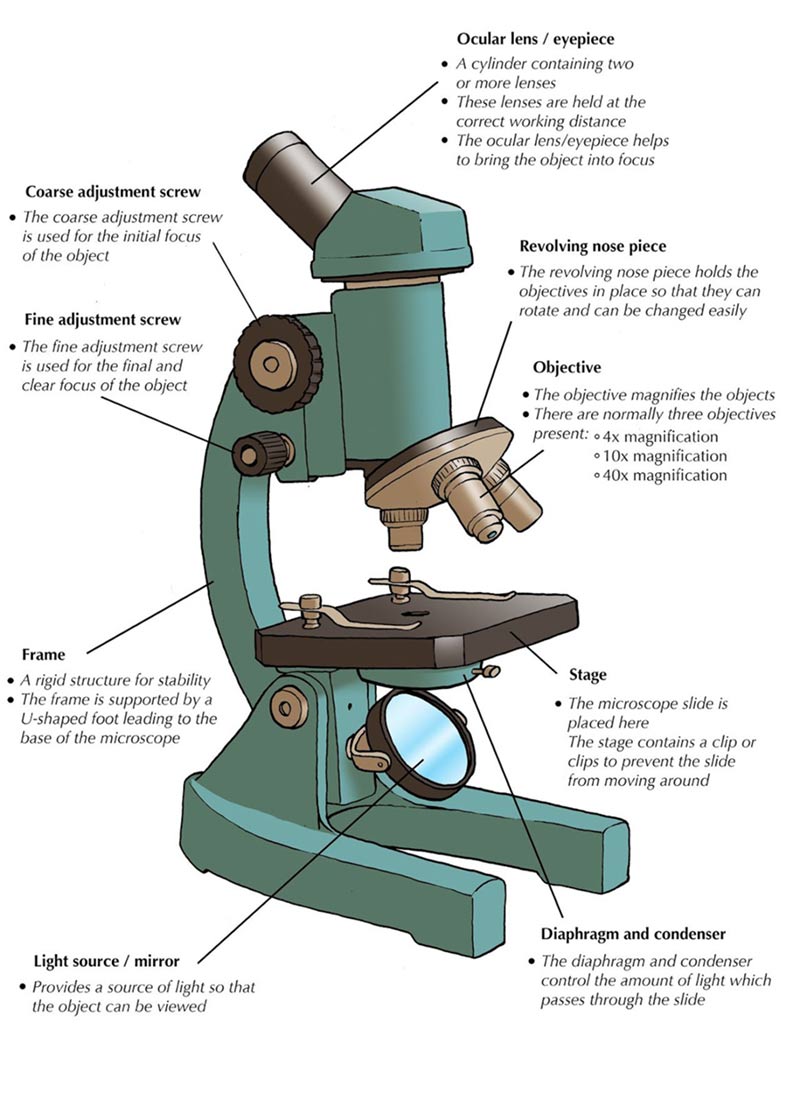
Structural Components
These parts are what hold up everything else of a device. They are the only sturdy parts of it, able to withstand some force. They do not move around (much) and are meant to stay solid and dependable.
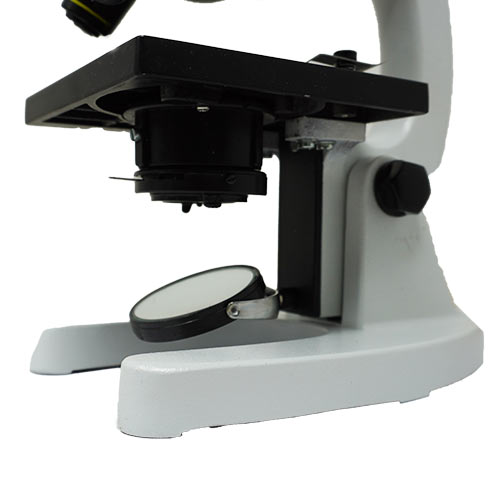
Mechanical Parts
The microscope needs a lot of adjustment to bring an object into a clear view. For this reason, it has a lot of moving parts; and these parts fall into this category.
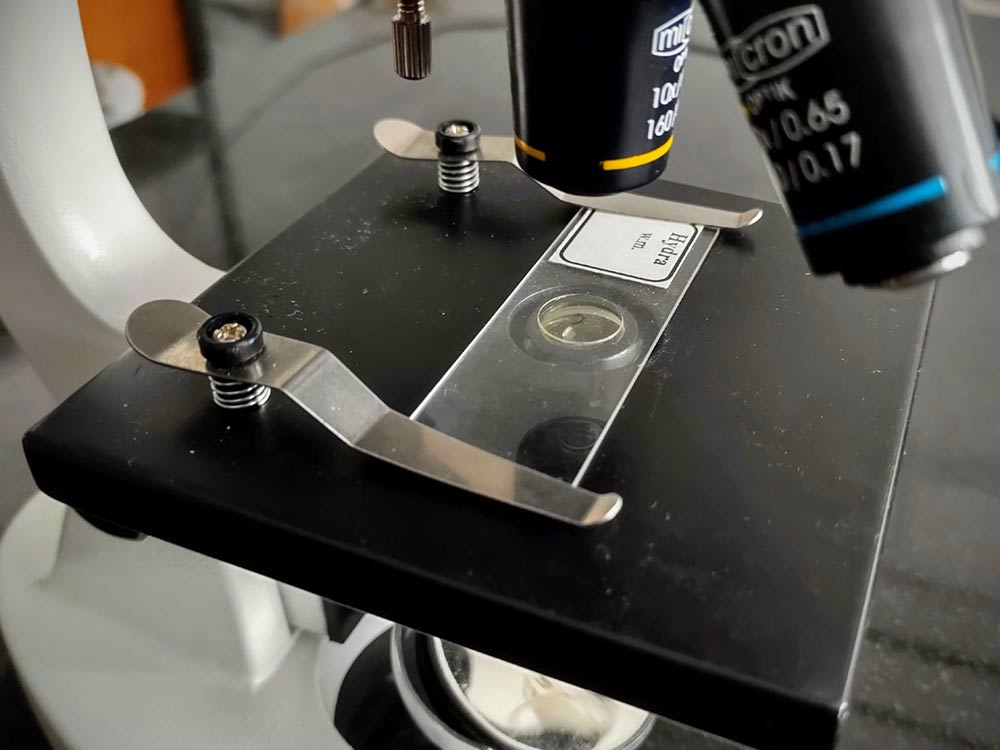
Optical Parts
These are the parts that create the image of the specimen that you will see at the end. They are the most delicate parts of a microscope and on no account should you ever touch them with your bare hands, or, god forbid, put any kind of force on them.
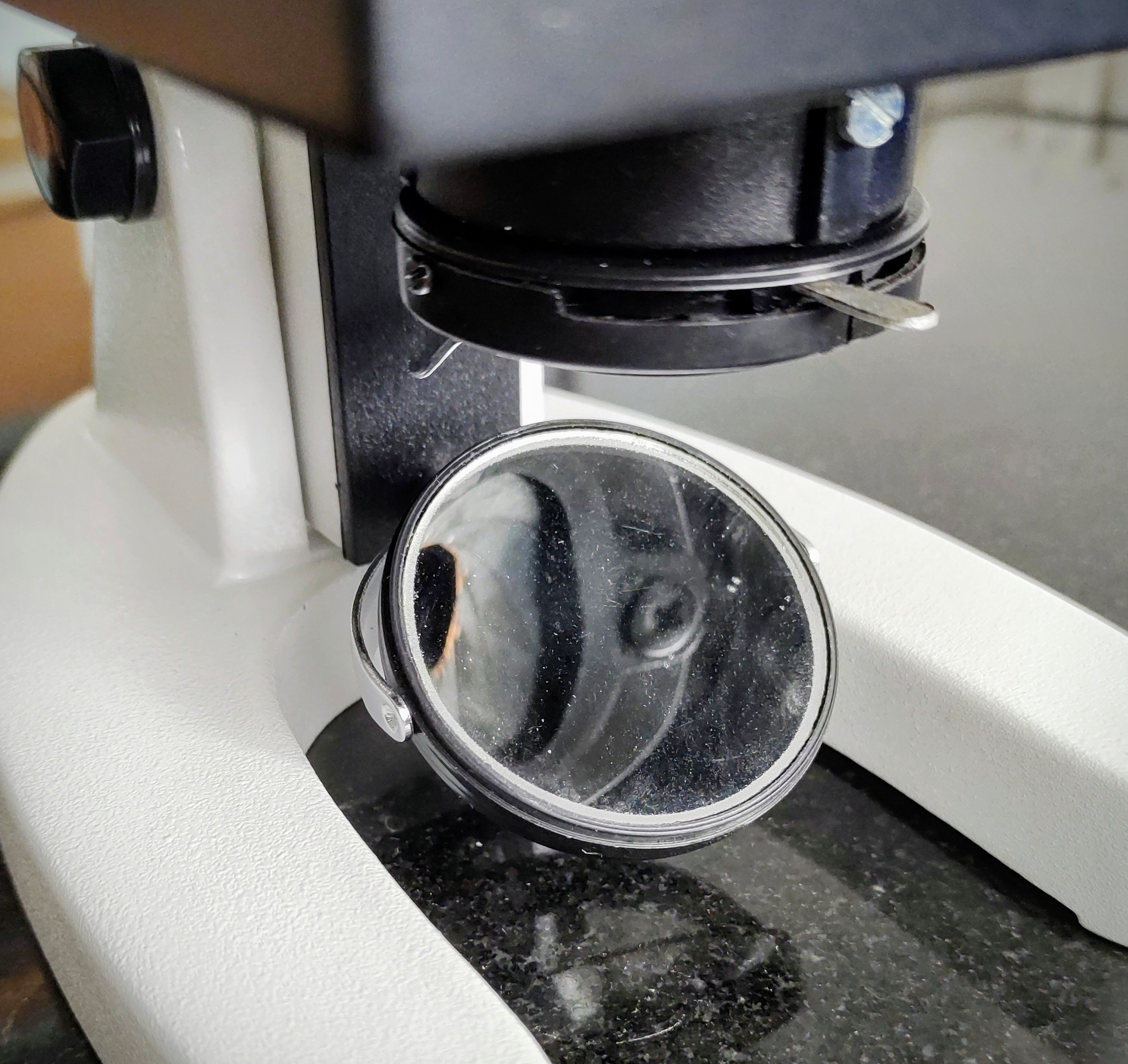
There you go, now you know everything that makes up a microscope. Read more:
If you have liked our explanation, please like and share it on your favorite social media! Remember, spreading knowledge only increases it.
Get a free lab consultation from the experts at Labkafe.
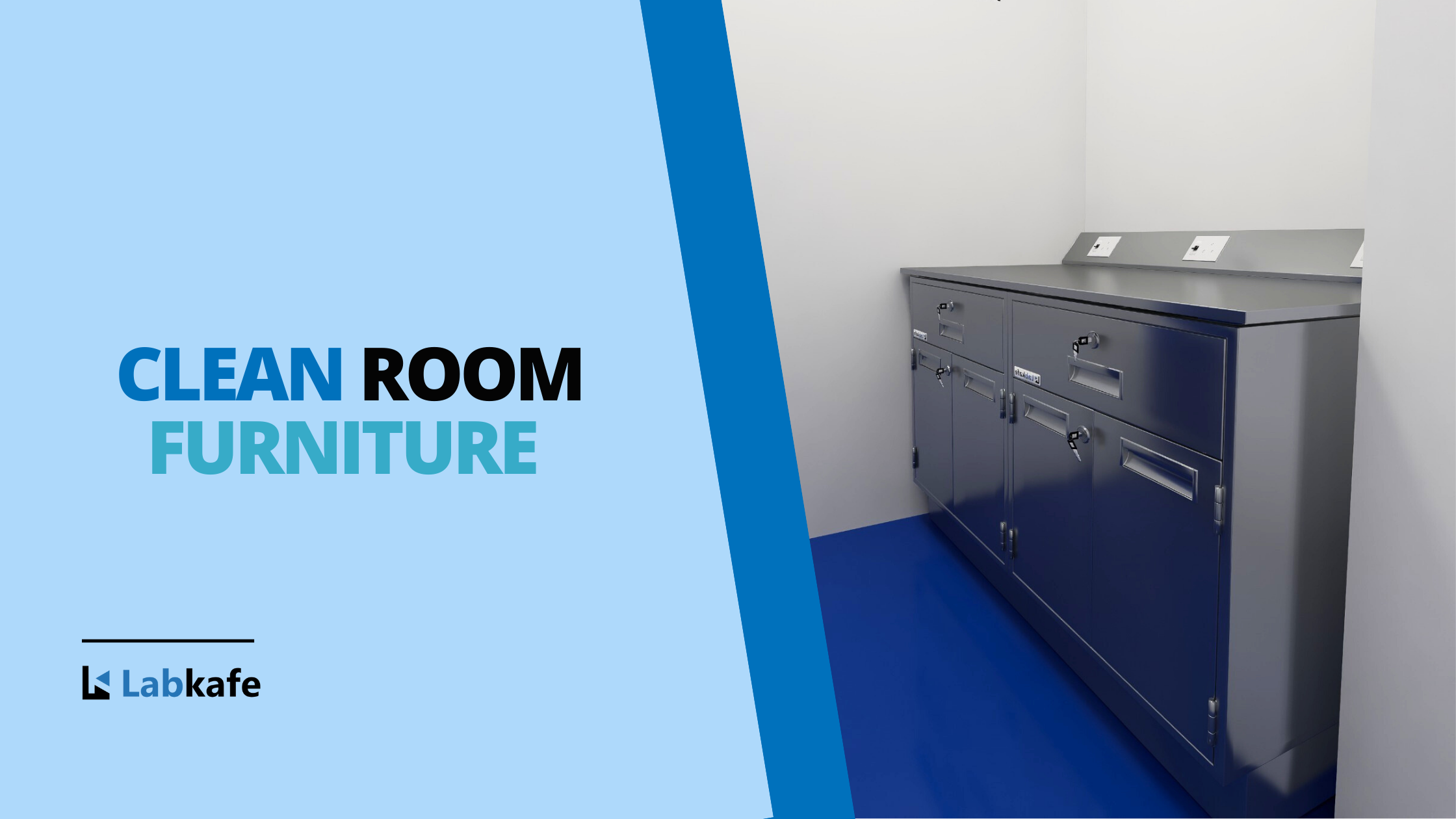
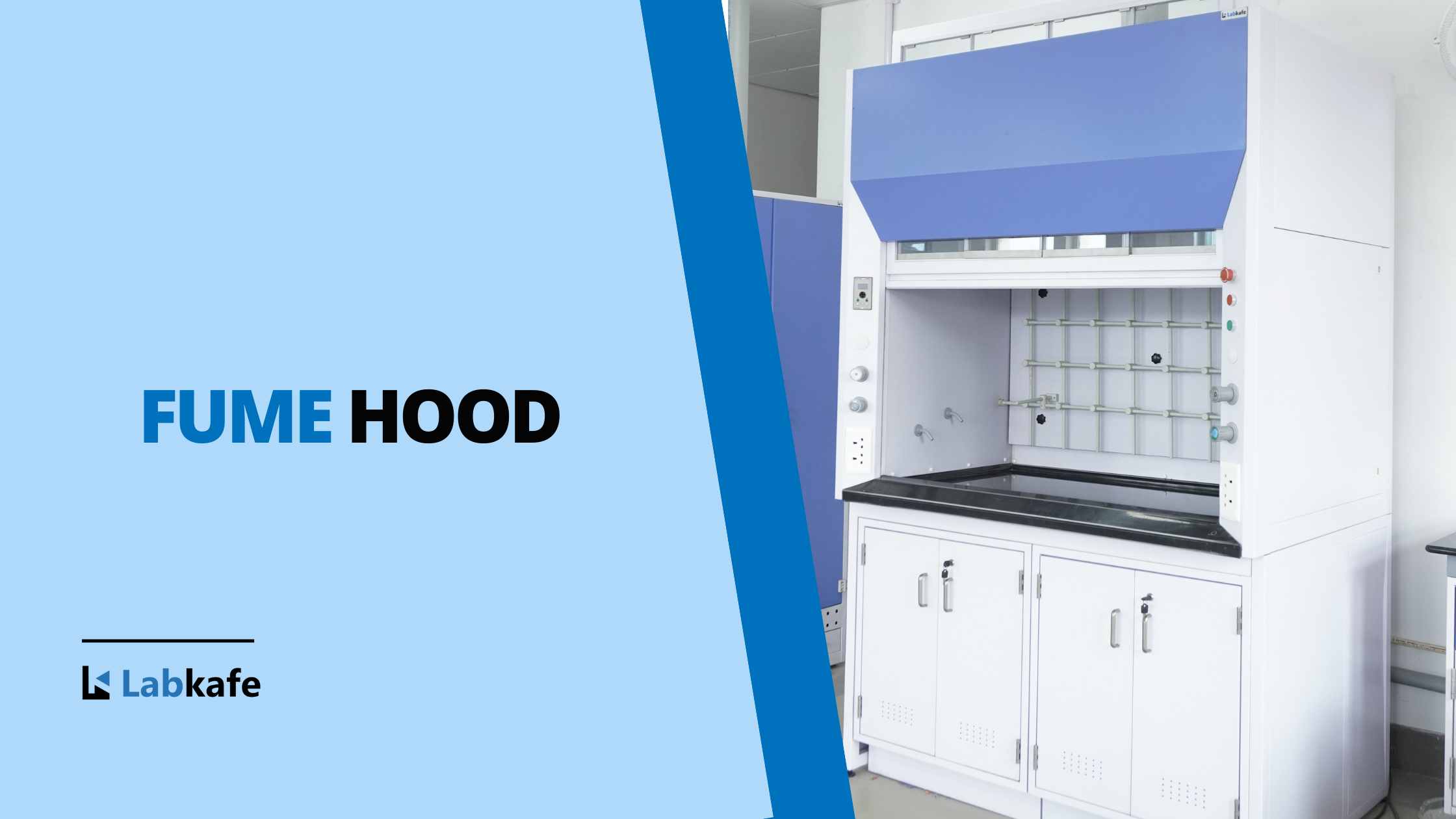
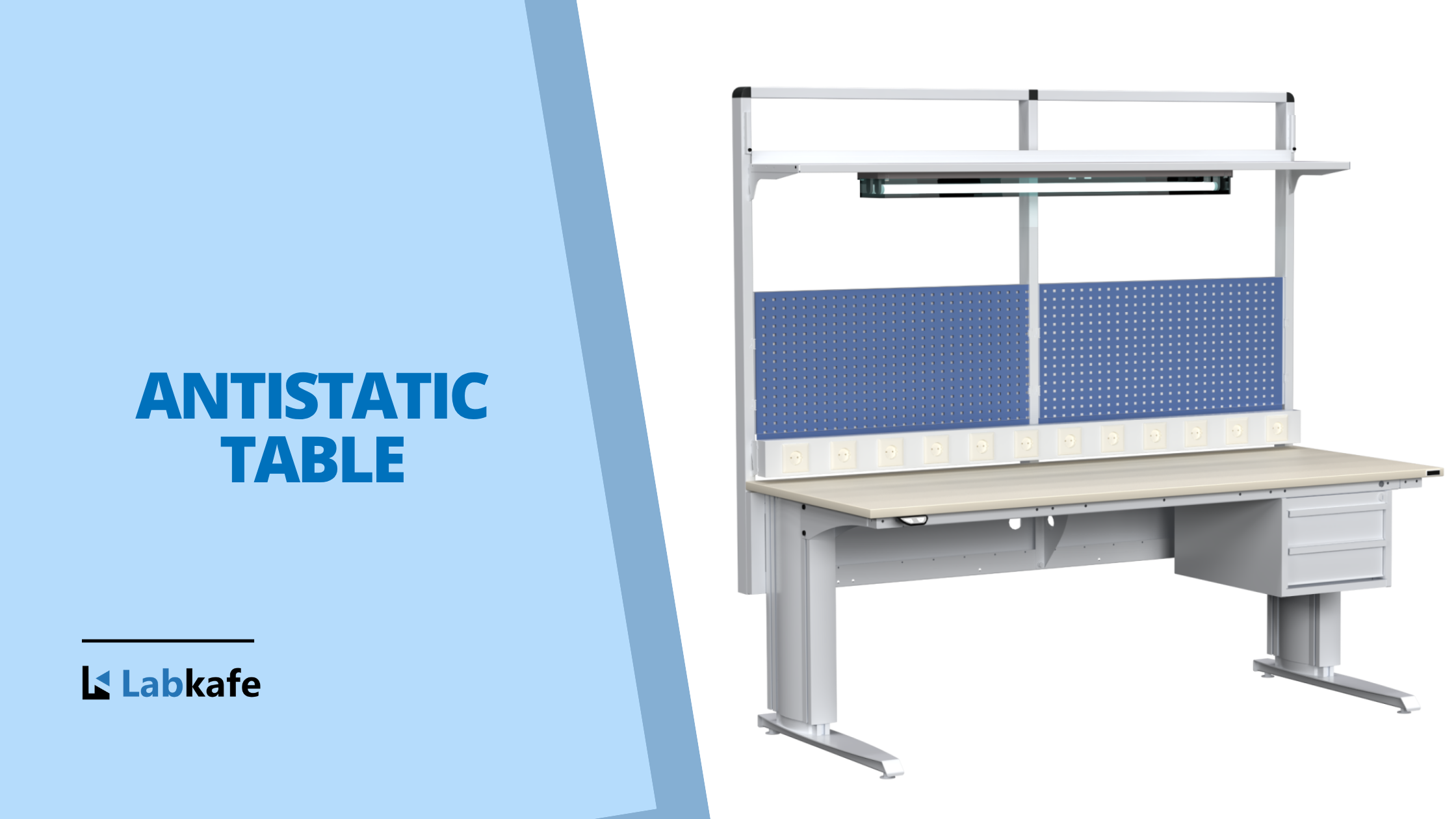
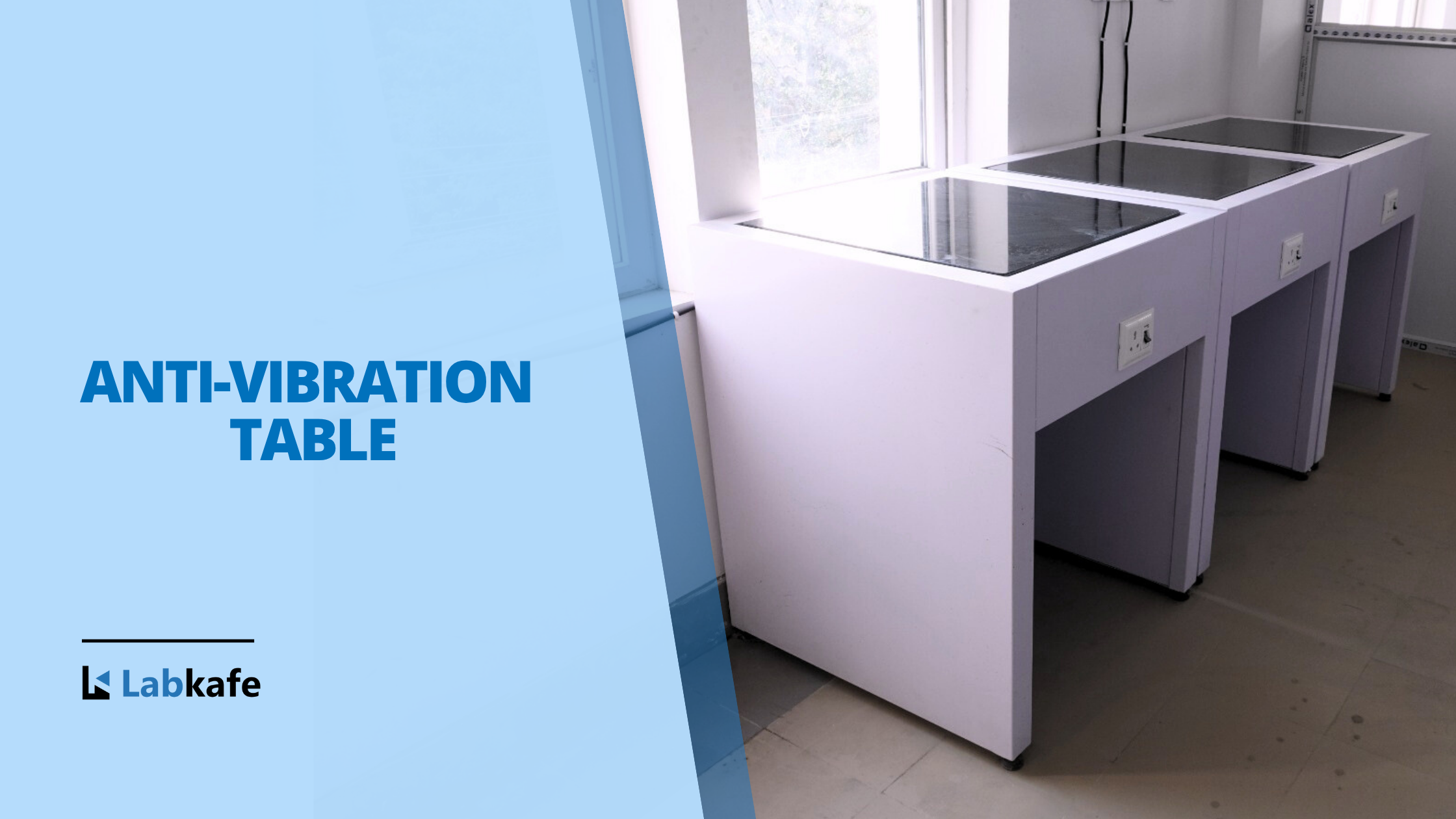
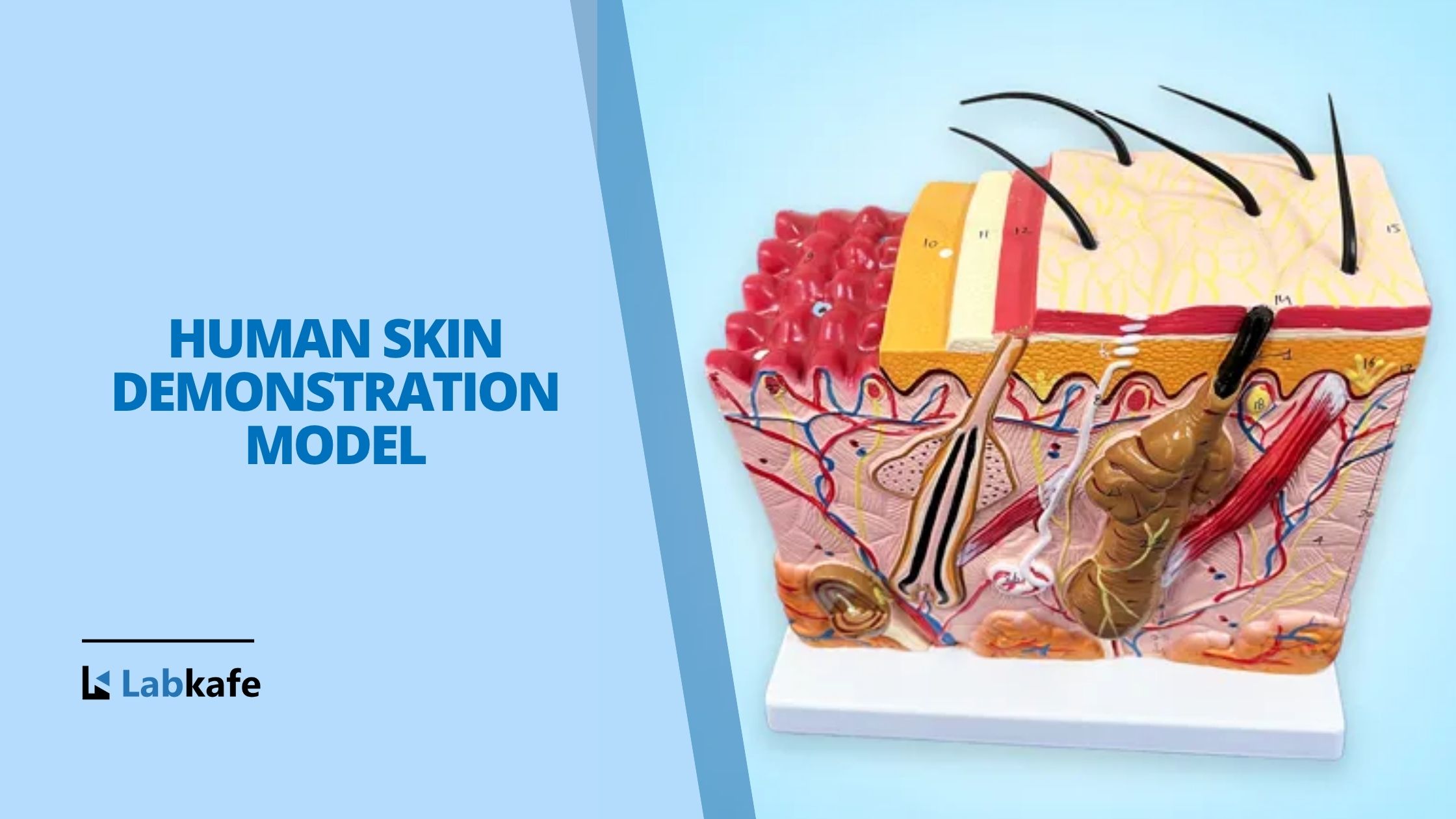

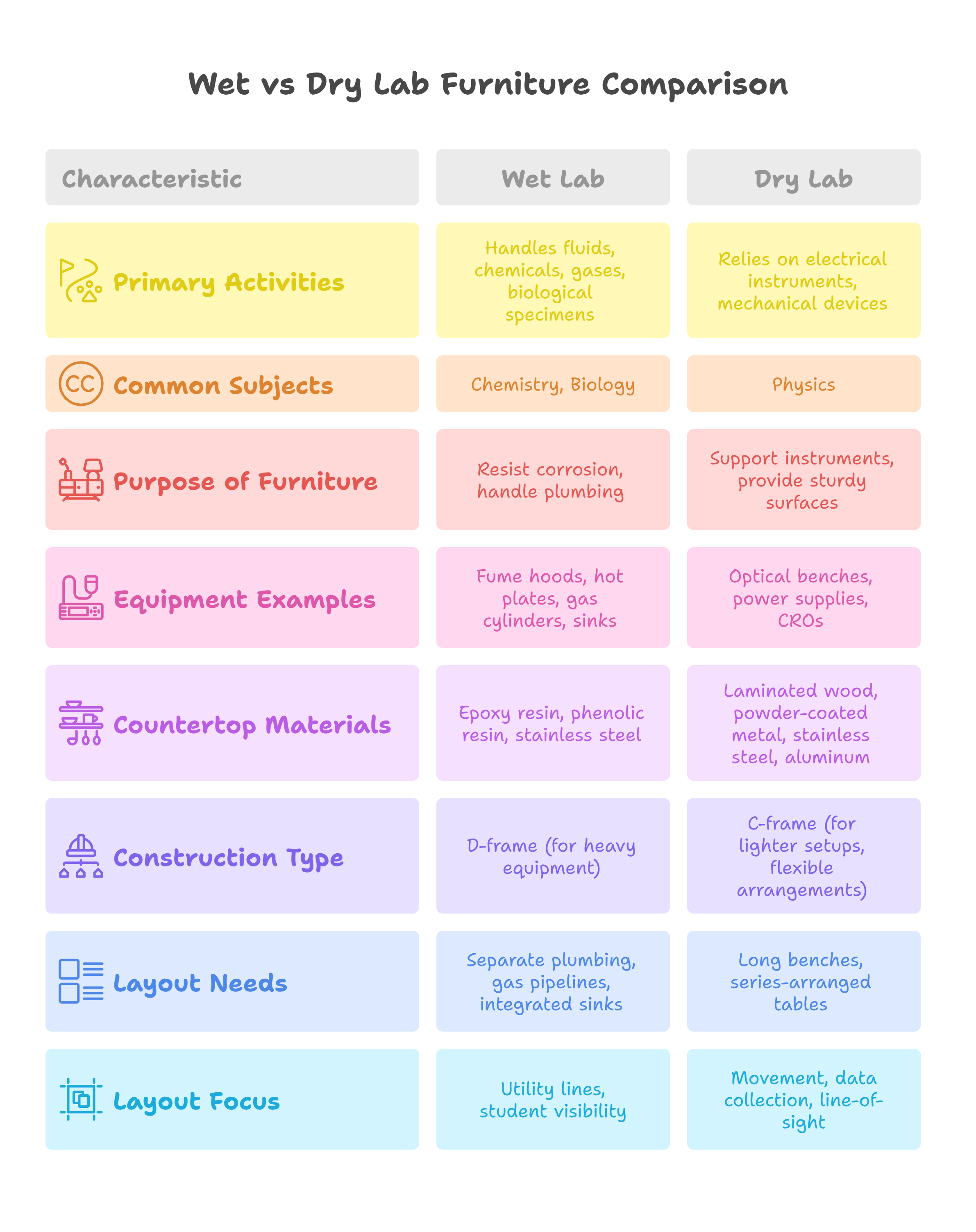
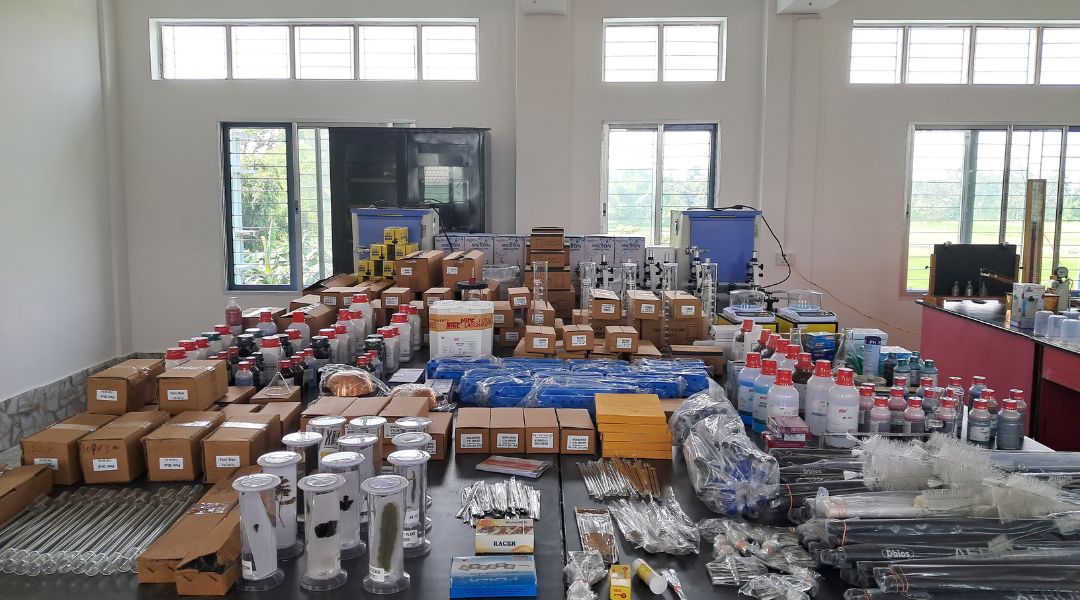
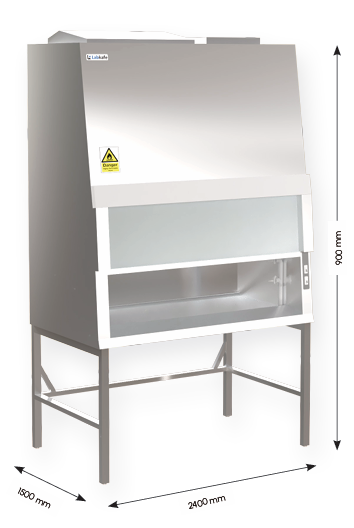
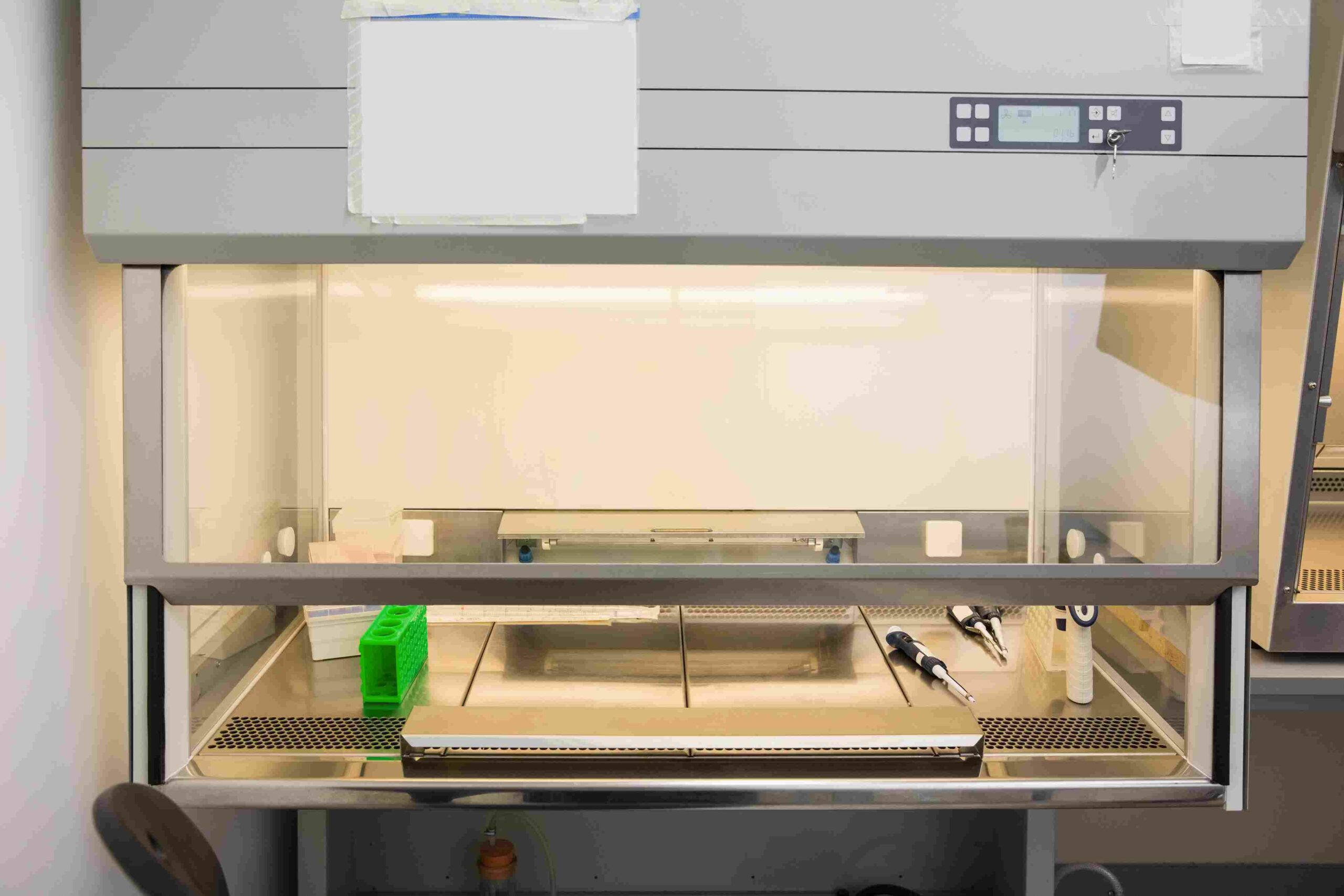


Leave a Reply